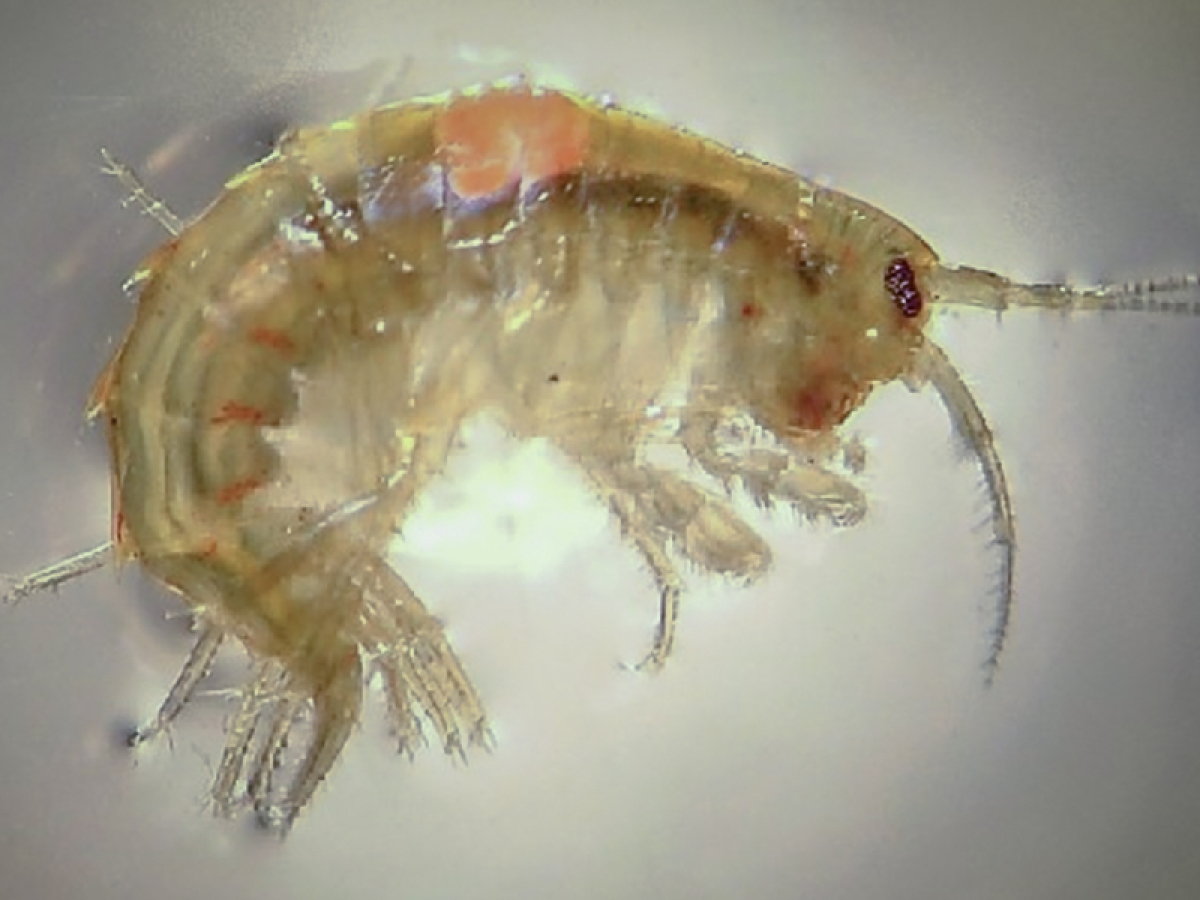Parasitology

Current studies assume that approx. 40% of all organisms show a parasitic way of life at least temporarily. Also in aquatic habitats a wide variety of different parasites can be found at different trophic levels. Parasites are natural components of biocoenoses.
Accordingly, most of our work focuses on the importance of parasites in the ecosystem. For example, the analysis of parasite communities can provide information on the condition and anthropogenic changes of ecosystems. Therefore, we study trematodes in snails at sites of varying ecological status to show the link between parasite diversity and ecological parameters. In addition, we investigate different endoparasites such as acanthocephalans for their potential to be used as bioindicators to detect the presence of pollutants in ecosystems. Knowledge of diversity and host specificity is also essential for understanding the ecological role of parasites. In this area we investigate e.g. the cryptic diversity of trematodes and acanthocephalans.
We are also interested in the ecology and life cycle of parasites and on host-parasite interactions (including adverse effects). Parasites can, act as stressors for their hosts, and alter a number of physiological parameters (cortisol and catecholamine concentrations, heat shock proteins, and other biomarkers, endocrine disruption). As model organisms we mainly use different species of the genus Anguillicola, whose life cycles are established in our laboratory. By comparing closely related parasite species in combination with different host species, evolutionary questions about the specificity of host-parasite co-evolution and the colonization potential of the respective species can be answered.
Another focus is the investigation of parasitic neozoans, such as the swim bladder worm Anguillicola crassus, which poses massive problems for eel populations in Europe and other parts of the world. The knowledge about non-native parasite species in Germany is currently rudimentary, so that a variety of study and work opportunities are available. Another example is the investigation of microsporidia in native and non-native aquatic invertebrates.

